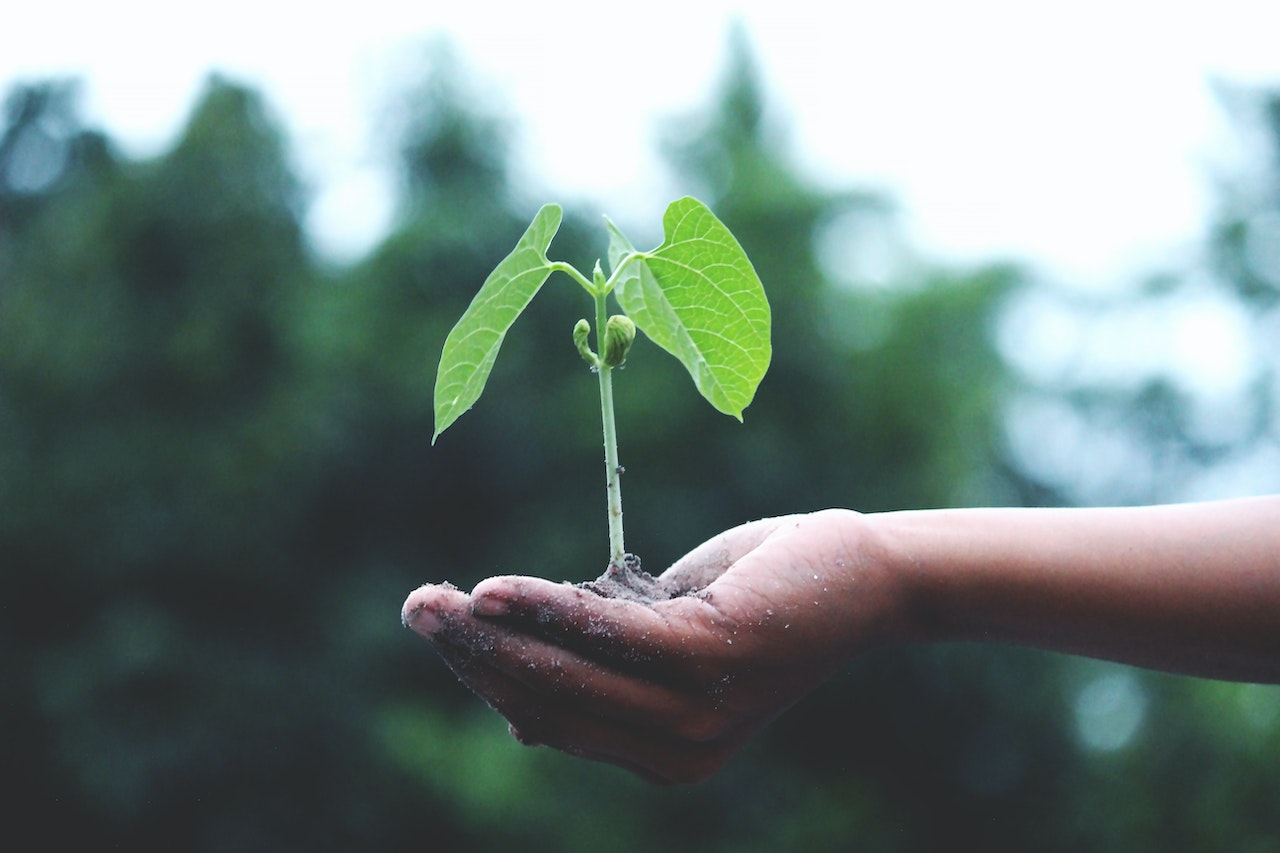This post was originally published on Sustainability Matters

A modelling study from the New Zealand University of Canterbury and Ngawhā Generation Ltd shows that retrofitting a geothermal power station could allow carbon capture from other sources like forestry residue.
Ngāwhā power station in Northland is already carbon neutral, capturing and re-injecting the carbon dioxide (CO2) from the geothermal waters it uses to make electricity. Researchers calculated the potential impact of a retrofit that could capture extra carbon dioxide from burning forestry slash.
To transition the power station from carbon neutral to carbon negative, atmospheric or biogenic CO2 (carbon dioxide which is emitted through organic matter) must also be injected concurrently with geogenic CO2 (carbon dioxide within the earth). The latter is the focus of this study due to intrinsic synergies between geothermal and bioenergy, and the abundance of forestry waste for feedstock in the Far North.
There were three income streams identified for the modified station — geothermal electricity, carbon capture and sequestration, and capturing high-purity food-grade carbon dioxide — of which food-grade carbon dioxide was said to be the biggest money maker.
Following the conducting of research, published in the Journal of the Royal Society of New Zealand, researchers concluded that New Zealand has the natural resources and regulatory framework to potentially become a world leader in CO2 removal. Geothermal energy has played an important role in both the country’s domestic development and foreign relations. According to the research, New Zealand also has a robust forestry industry and a growing need to address forestry slash. Combining these three concepts could offer multiple value chains, durable pathways to achieve climate targets, and the building of international relationships via the exchange of expertise and aid.
Read the full research findings here.
Image credit: iStock.com/4FR





0 Comments